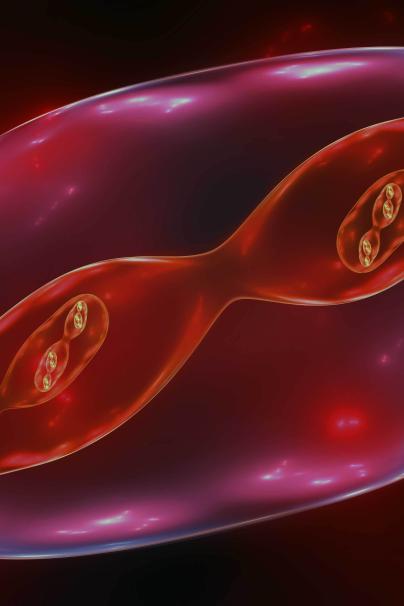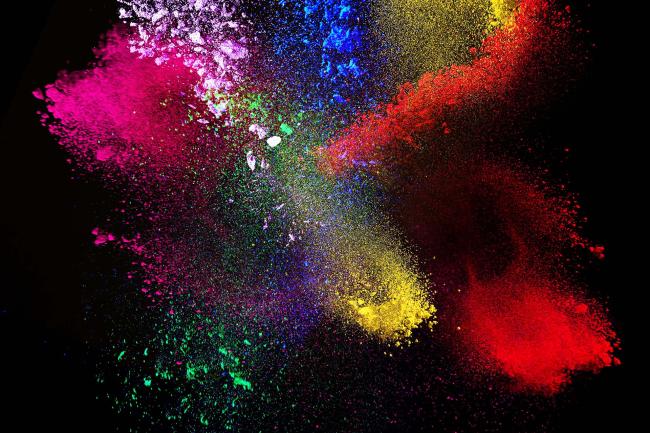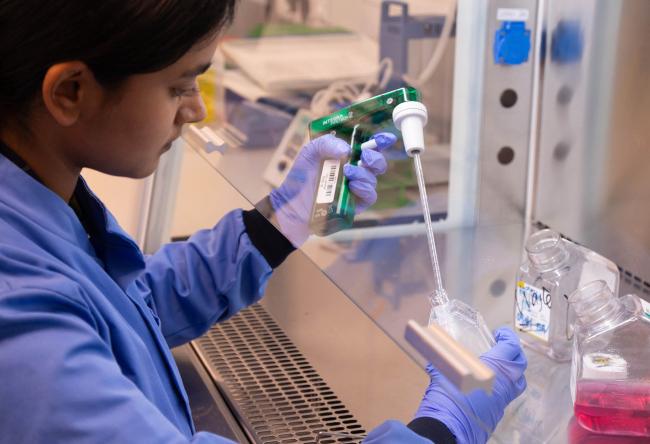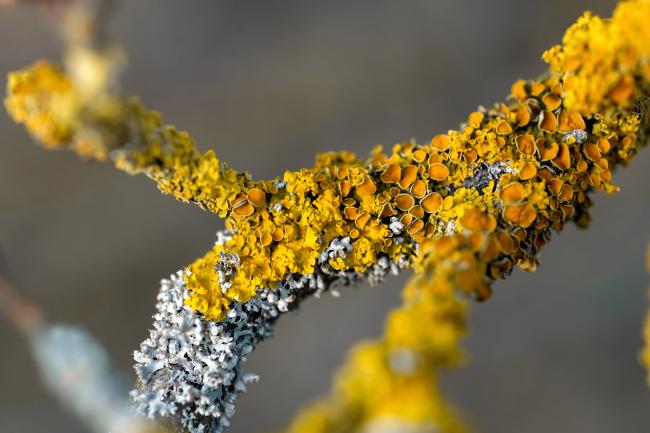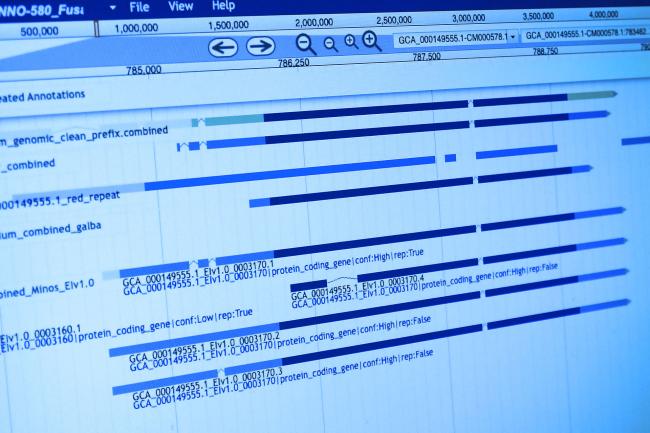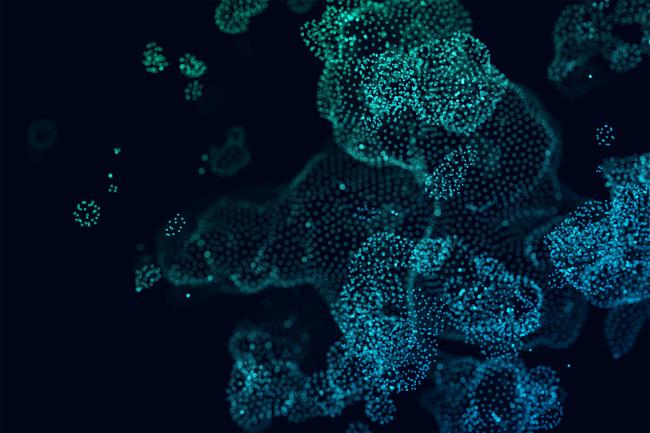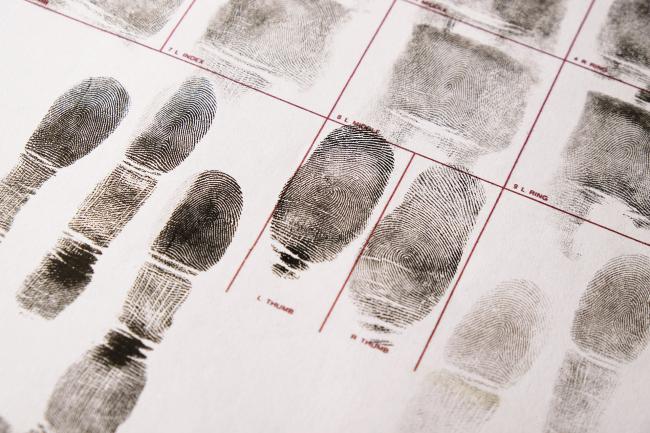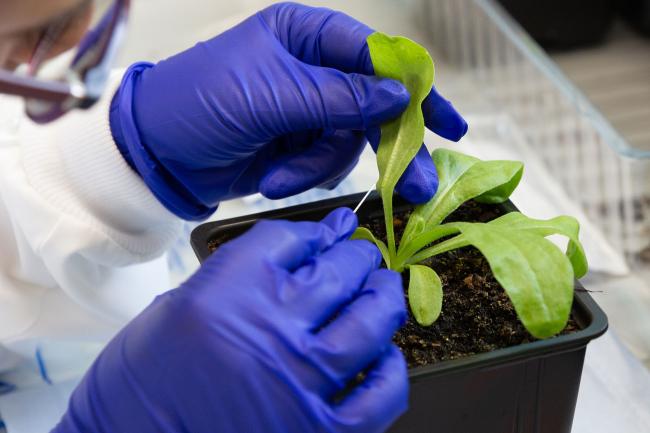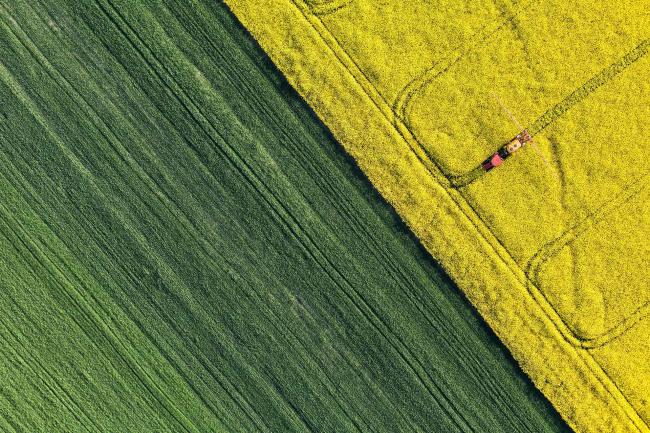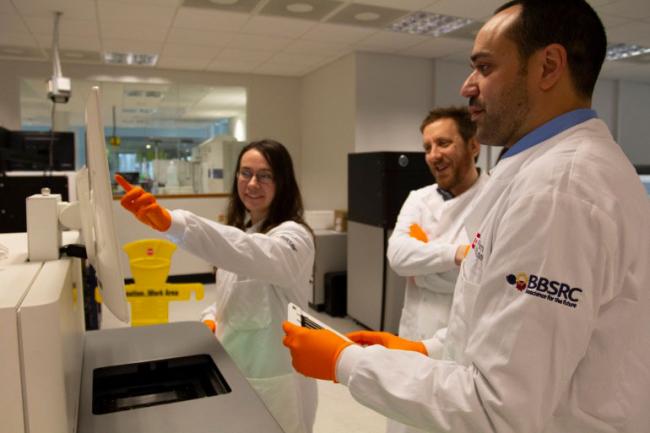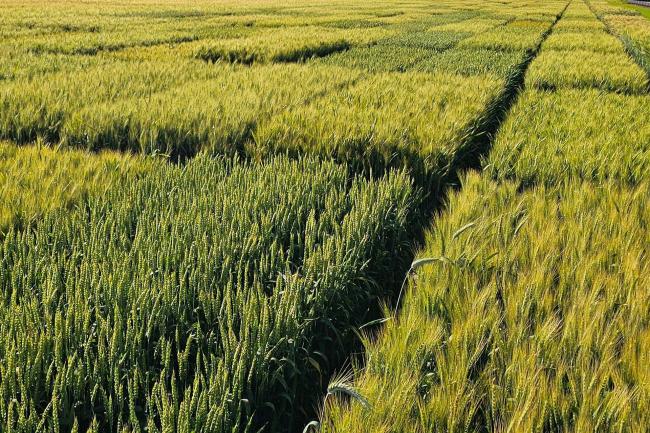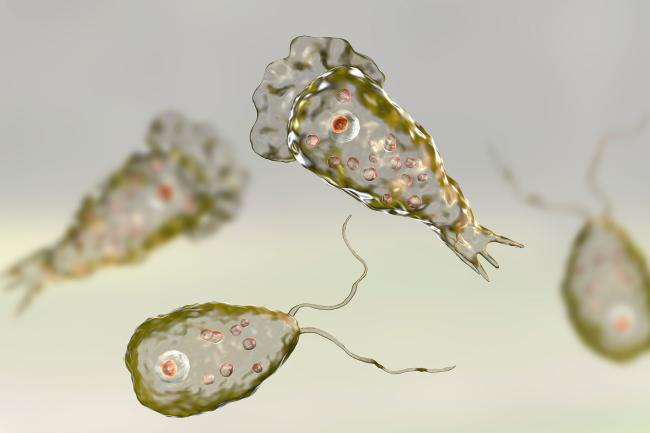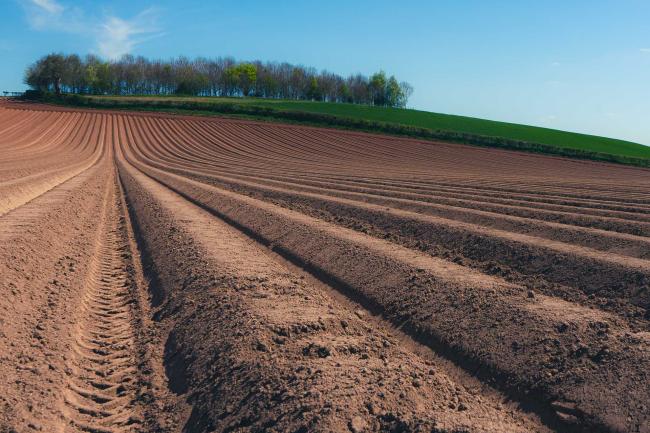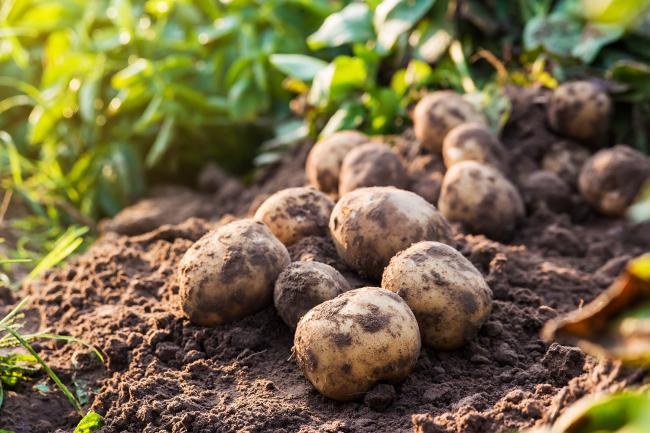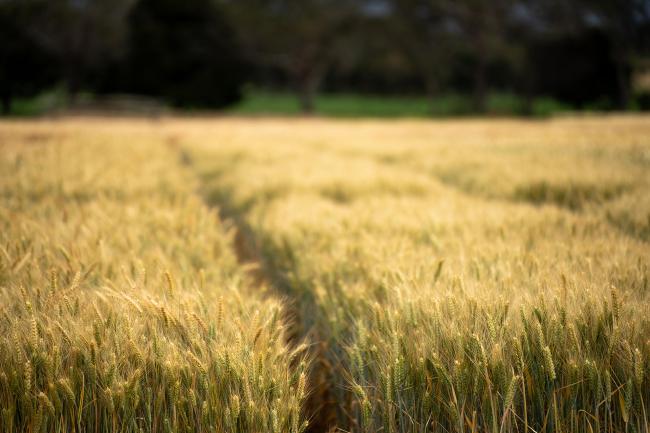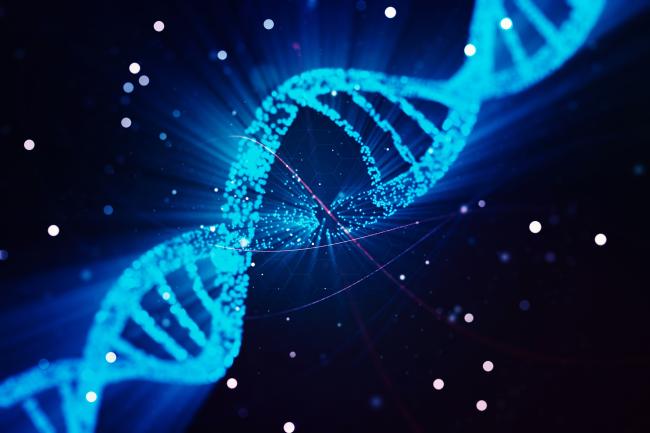Meiosis is what makes us unique; a rearrangement of chromosomes that occurs long before the sperm fertilises the egg. But what else is going on before, during and after this reshuffling of the genetic deck? With new techniques such as single cell sequencing, we can discover much more.
Meiosis is one of the first things that comes up on a high school GCSE curriculum, when we’re taught that genetic recombination in plants, animals and humans is a success strategy for life.
For the next generation of cells, as Dr Simone Immler of the University of East Anglia explained to me ahead of the “Meiosis and Beyond” workshop at Earlham Institute, it can be largely beneficial, and recombination of genes is very successful if the good ones (so to speak) are passed on.
This reshuffling of the genetic deck can be like playing poker. If you already have a Straight Flush, is a reshuffle necessarily beneficial? The flush might become Royal, but equally you might end up with a bad beat. Even so, the set of events that occur around meiosis are an important driver of evolution.
Selfish sex.
We already know a lot about the genetic consequences of sex and recombination, but with a suite of modern genome sequencing tools available, including the ability to sequence single cells, we have a great chance to discover what happens before, during and after meiosis - from the genes that are passed down, to the non-coding sequences between them and the gametes that eventually pack the reshuffled deck.
Even before all of this occurs there is selection going on; the habits of parents, from diet to smoking, can have epigenetic effects that live on into their offspring, for example. Even social and behavioural traits can be passed on, as a growing number of studies can attest.
Then, even with a full set of cards, the pack appears to be fixed in favour of some genetic elements that stand a greater chance of being passed on.
Richard Dawkins wrote about the “selfish gene” and there is selfishness throughout the genetic world. These “selfish genetic elements” include meiotic drivers and transposable elements, and generally increase their own chance of being passed on relative to the rest of a genome.
There is the case of the chromosomes which “cheat” the molecular mechanisms of the cell so that, during the formation of a gamete, certain chromosomes manage to sneak into the correct side during cell division - a phenomenon documented widely throughout plants and animals as “true drive” and “centromere drive.”
There is also a type called “gamete killer,” which is as insidious as it sounds. In fruit flies, for example, having a copy of a certain allele causes sperm to die due to a toxin. Sperm which contain a tightly linked “antidote” allele, the “drive gene,” however, can survive and therefore propagate, going on to fertilise more eggs.
These meiotic drivers have been proposed as very important players in the evolution of sex, yet there is still more selection occurring at the haploid stage. Phenotypic variation between sperm within even a single ejaculate is huge, for example, and recent evidence suggests that selection at the gametic level can affect offspring fitness.
Single cell sequencing.
If all the complexity around meiosis weren’t enough to begin with, the sequencing effort required to understand it is similarly staggering. It’s one thing reassembling the genome of a somatic cell to find the differences that lead to changes in phenotype, yet quite another to keep track of all of the possible routes of recombination resulting from genetic recombination.
The advent of single cell sequencing, therefore provides an exquisite opportunity to look into what is happening before, during and after meiosis at every possible cell stage, and in a diverse array of species. As with any advance in technology, the availability of better tools opens up more questions and possible avenues of research than answers.
Understanding where to look and what to analyse is a key component of the upcoming “Meiosis and beyond” workshop. The task for the organisers and attendees is to work out where to start, and form the collaborations that will help answer the suite of questions that come out as a result.
The Meiosis and Beyond workshop takes place on March 5th 2018 at Earlham Institute and is organised by Iain Macaulay of EI and Simone Immler of UEA, in conjunction with Emily Angiolini of EI’s scientific training programme. Registration is on a first come, first serve basis and ends on February 19 2018.
